Critical networks face unprecedented threat as DDoS attacks are getting shorter and more intense
Attackers have stepped up their intrusions into core networks, according to Nokia's 11th annual Threat Intelligence Report
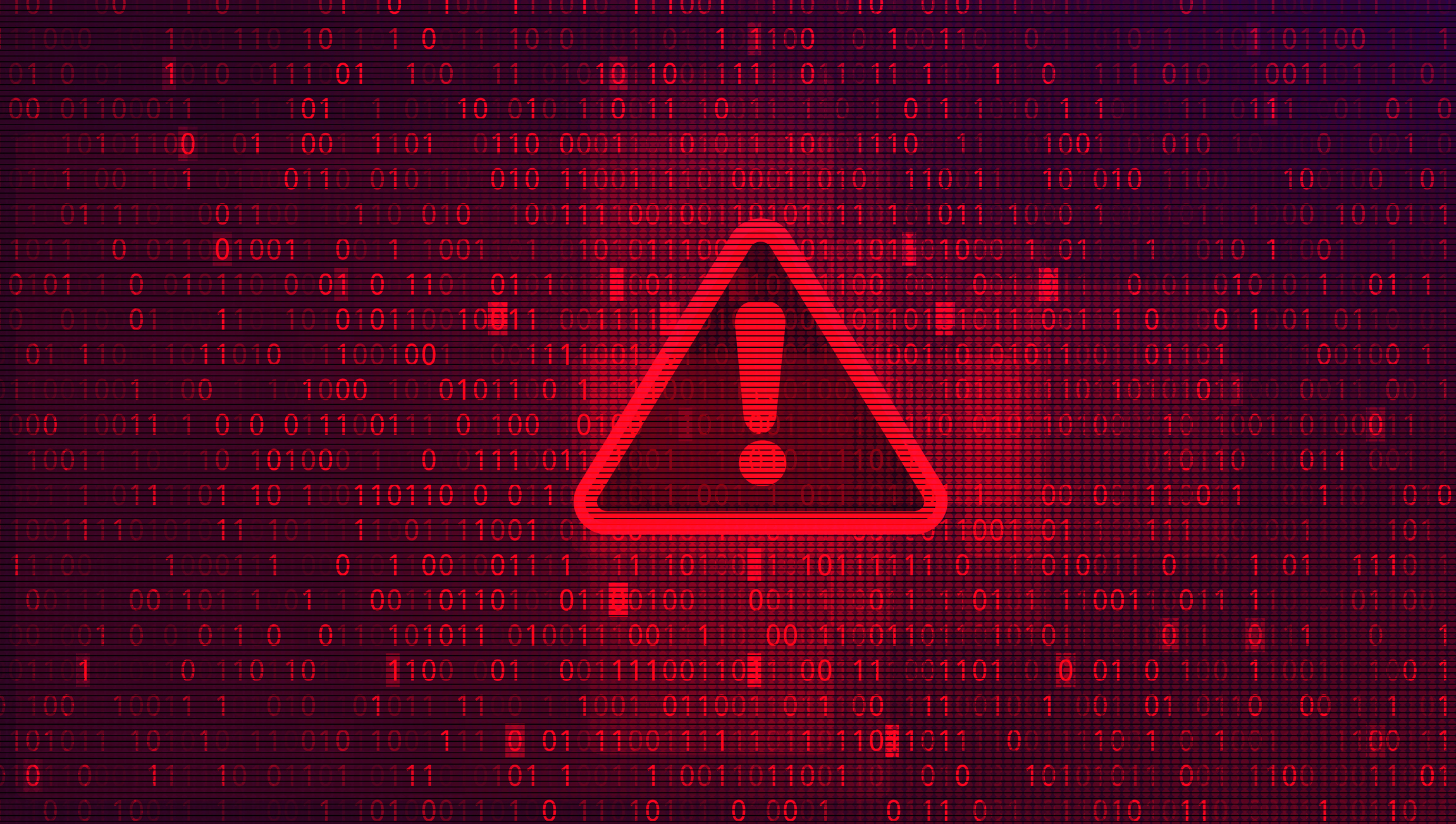
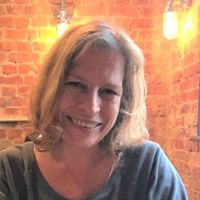
The number of DDoS attacks on critical networks has reached an all-time high, fuelled by vast numbers of compromised home internet connections.
Attackers have stepped up their intrusions into core networks, according to Nokia's 11th annual Threat Intelligence Report.
In some cases, attackers are accessing sensitive systems such as subscriber data and lawful interception platforms – for example, in the high-profile Salt Typhoon case.
"Connectivity powers everything from public safety and financial transactions to digital identity," said Kal De, senior vice president, product and engineering, cloud and network services at Nokia.
"Recent attacks have reached lawful interception systems, leaked sensitive subscriber data, and disrupted emergency services."
Most telecom operators, 63%, dealt with at least one 'living off the land' attack last year, with 32% seeing four or more.
And these attacks are getting shorter and more intense. Terabit-scale DDoS attacks are now happening five times more frequently, and with greater peak strength than last year. DDoS peaks in the 5 to 10Tbps range are 'the new normal', said Nokia.
Sign up today and you will receive a free copy of our Future Focus 2025 report - the leading guidance on AI, cybersecurity and other IT challenges as per 700+ senior executives
And with 78% of DDoS attacks now ending within five minutes – up from 44% in 2024 – and 37% wrapping up in under two minutes, detection and mitigation need to be fast.
Nearly 60% of high-cost breaches take place thanks to insider actions or mistakes, with complex supply chains further increasing exposure to credential misuse, privilege escalation and physical access breaches.
Meanwhile, 76% of vulnerabilities stem from missing patches, and application‑layer issues, including poor access controls and exploitable software flaws, are common too.
Organizations are fighting back with AI, with more than seven-in-ten telecom security leaders saying they now prioritize AI- and ML-based threat analytics, and with more than half planning to deploy AI for detection in the next 18 months.
However, warned Nokia, despite upcoming quantum security compliance deadlines from governing bodies – particularly in the EU – the industry doesn't have the sense of urgency that it should. Quantum computing risk ranked second to last among concerns for network security professionals.
Meanwhile, the timespan in which digital certificates remain valid is shrinking dramatically, from a current year or more to just 47 days by 2029 – highlighting a need for automated certificate management.
In all, said Nokia, around 100 million residential endpoints are compromised – 4% of the world total – making DDoS protection essential.
"In light of the rise of industrialized attack tools, millions of insecure IoT endpoints and organized botnets employing residential proxies, network owners must act now to protect their assets and customers from massive, complex and highly variable DDoS attacks in the 10-plus terabit range," said Jeff Smith, vice president and general manager, Deepfield, at Nokia.
"Security should not be an afterthought; rather, DDoS protection must be built into the network itself, ensuring critical network functions continue uninterrupted."
Make sure to follow ITPro on Google News to keep tabs on all our latest news, analysis, and reviews.
Emma Woollacott is a freelance journalist writing for publications including the BBC, Private Eye, Forbes, Raconteur and specialist technology titles.
-
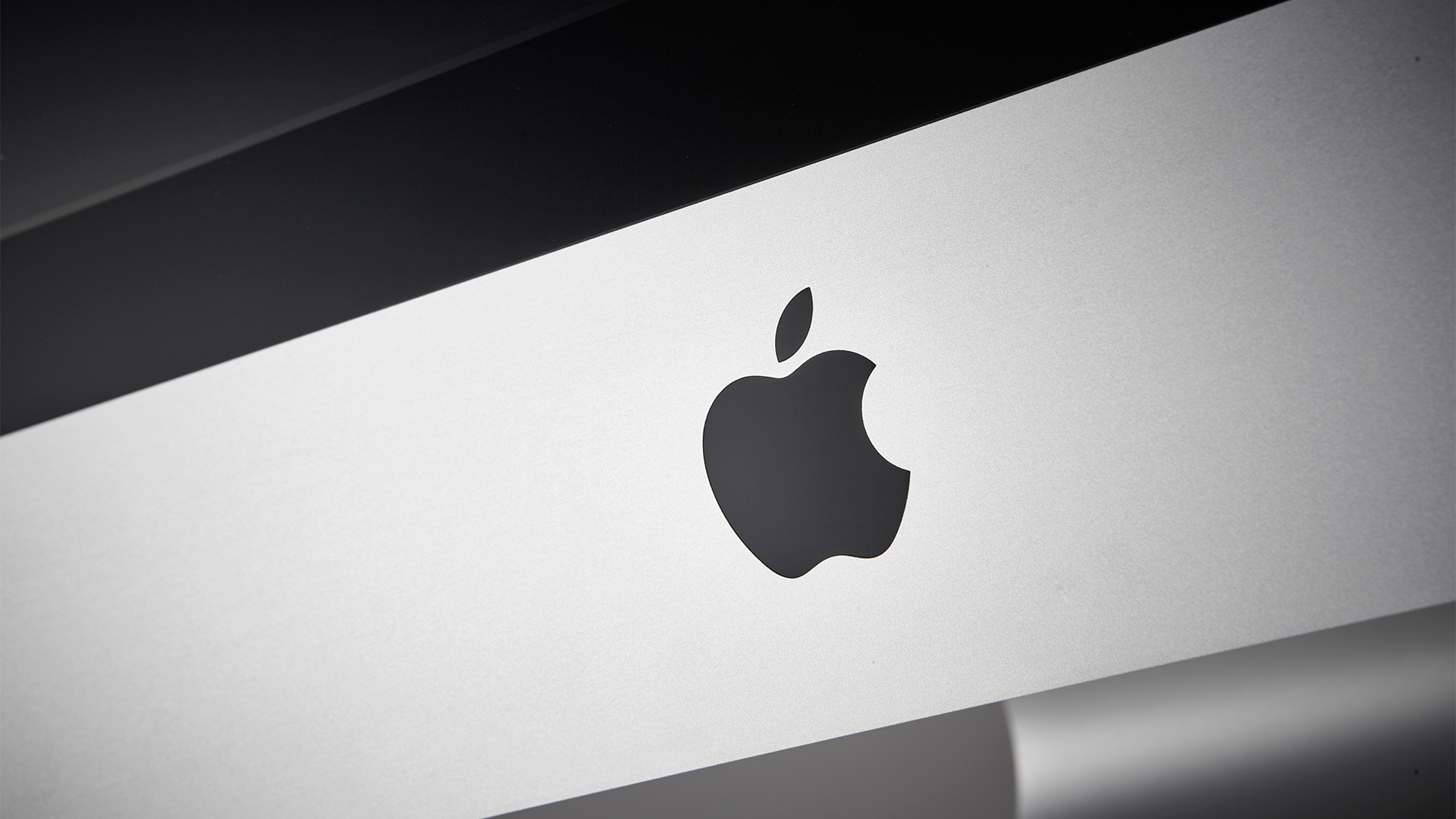 It’s no longer either/or for Windows and Macs – and that’s a win for the channel
It’s no longer either/or for Windows and Macs – and that’s a win for the channelIndustry Insights Corporate thinking about default operating systems has changed over the years, and that's something the channel should find helpful rather than a hindrance…
-
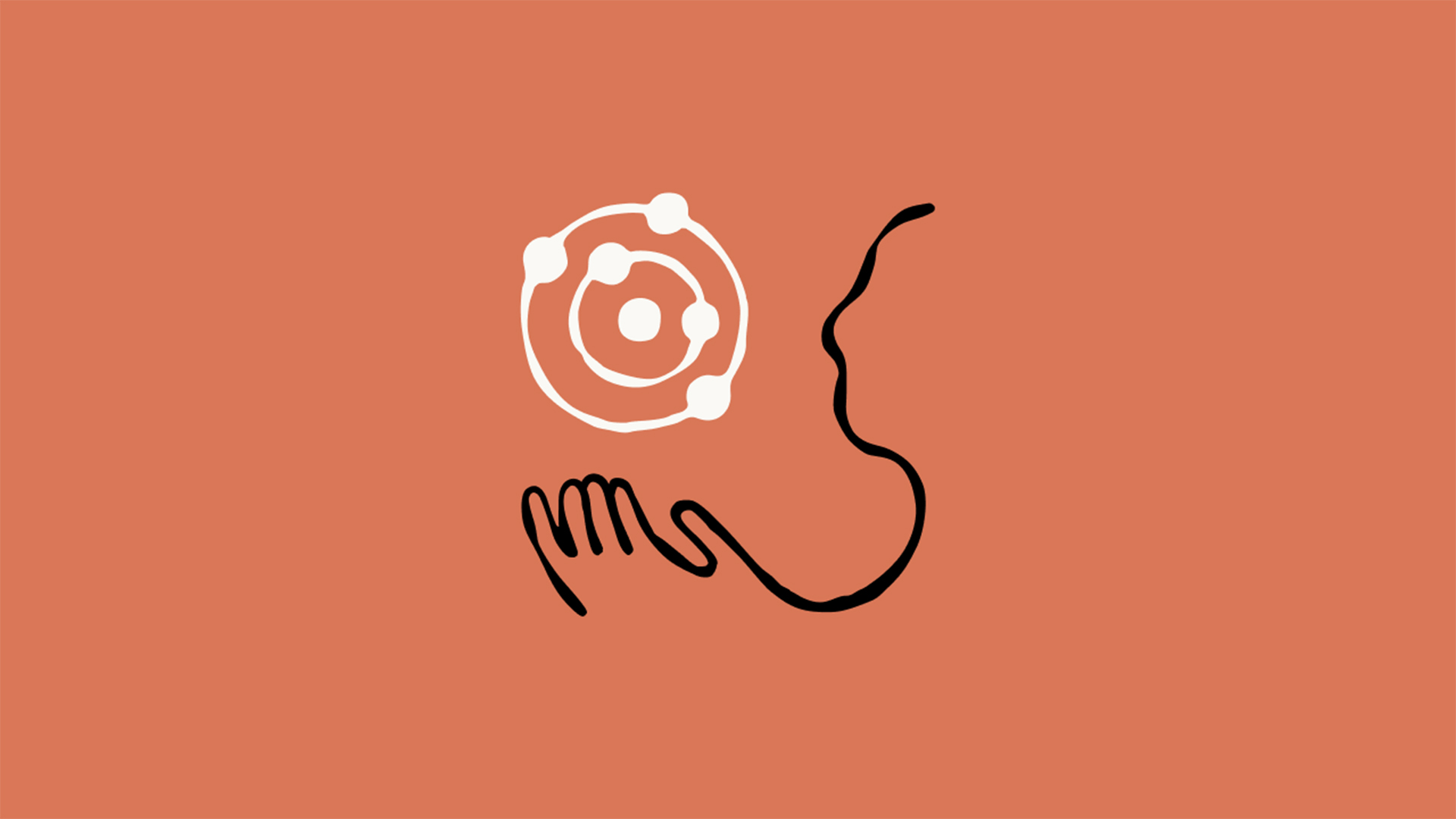 Anthropic announces Claude Opus 4.5
Anthropic announces Claude Opus 4.5News The new frontier model is a leap forward for the firm across agentic tool use and resilience against attacks
-
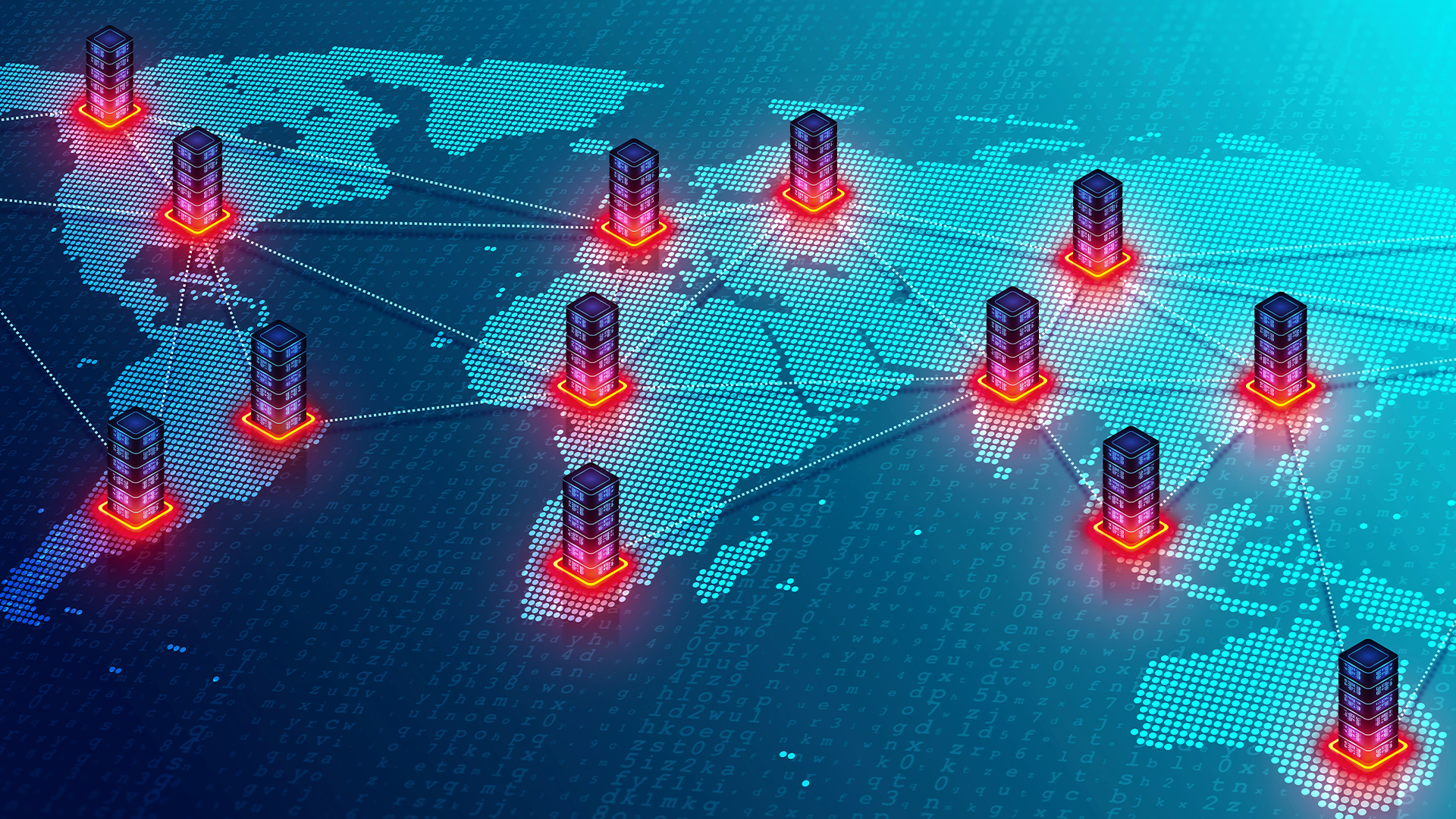 Cyber experts have been warning about AI-powered DDoS attacks – now they’re becoming a reality
Cyber experts have been warning about AI-powered DDoS attacks – now they’re becoming a realityNews DDoS attackers are flocking to AI tools and solutions to power increasingly devastating attacks
-
 US authorities just took down 'one of the most powerful DDoS botnets to ever exist’ with help from AWS
US authorities just took down 'one of the most powerful DDoS botnets to ever exist’ with help from AWSNews The Rapper Bot botnet was responsible for a series of large-scale DDoS attacks on government agencies and tech companies. Now it's gone.
-
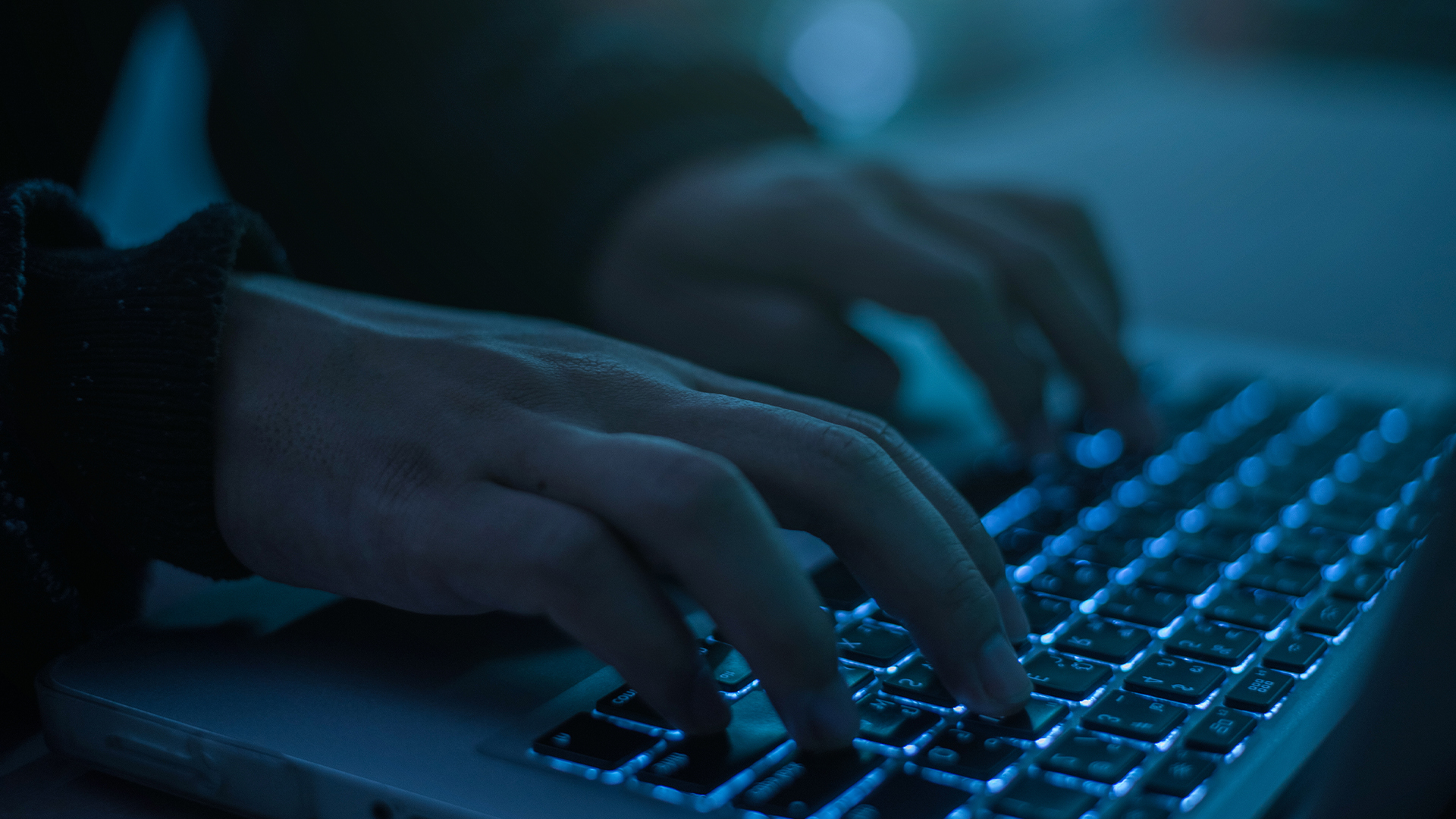 Think DDoS attacks are bad now? Wait until hackers start using AI assistants to coordinate attacks, researchers warn
Think DDoS attacks are bad now? Wait until hackers start using AI assistants to coordinate attacks, researchers warnNews The use of AI in DDoS attacks would change the game for hackers and force security teams to overhaul existing defenses
-
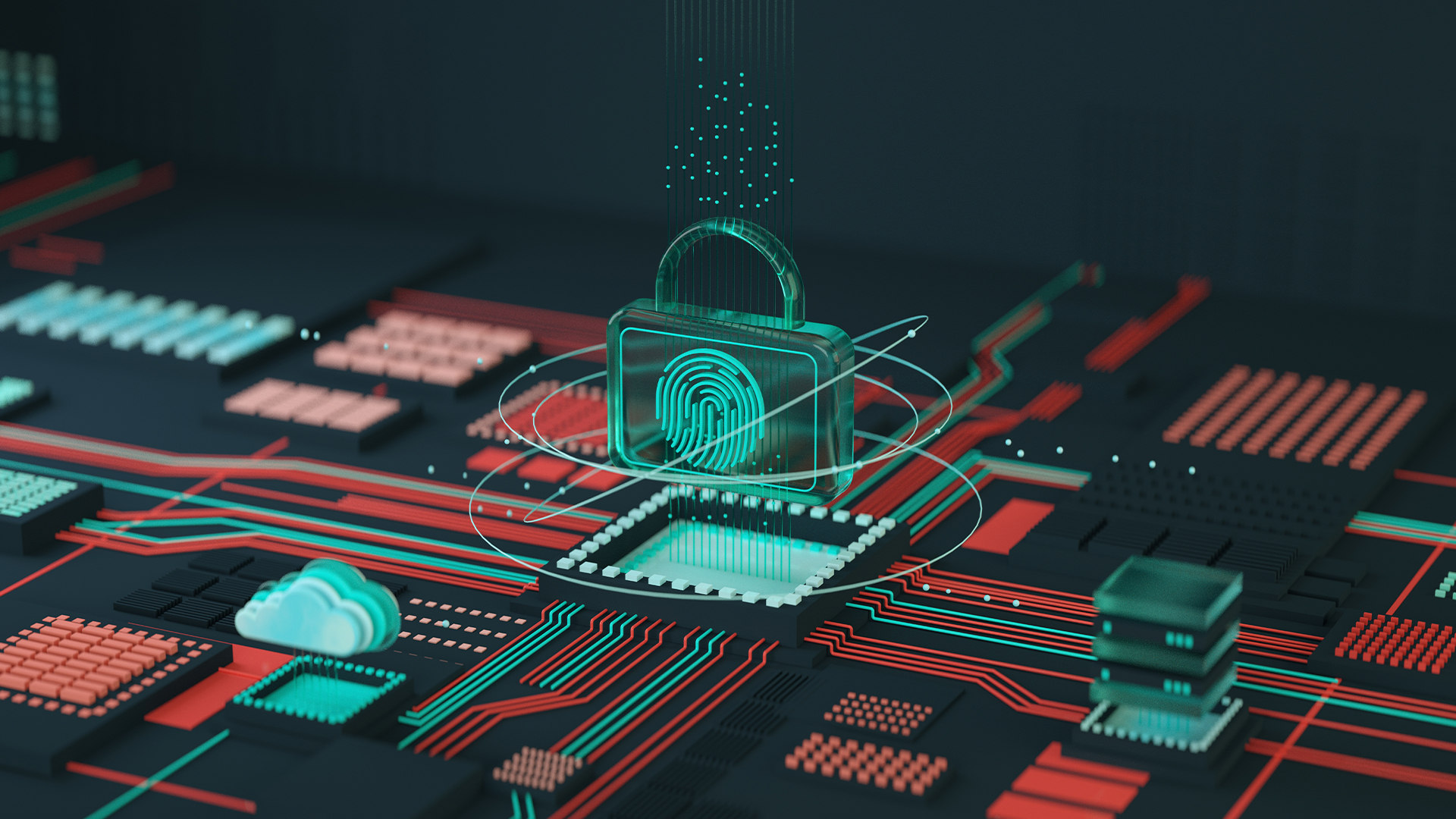 Application layer DDoS attacks are skyrocketing – here's why
Application layer DDoS attacks are skyrocketing – here's whyNews The industry is seen as a prime target thanks to a reliance on online services and real-time transactions
-
 DDoS attackers are pouncing on unpatched vulnerabilities
DDoS attackers are pouncing on unpatched vulnerabilitiesNews Who needs a new attack vector when you can exploit old, public, and well-documented vulnerabilities?
-
 Europol just took down 27 DDoS-for-hire sites
Europol just took down 27 DDoS-for-hire sitesNews The festive period period usually sees a big bump in DDoS attacks - but this year may be a little safer
-
 Anonymous Sudan: Who are the hackers behind Microsoft’s cloud outages?
Anonymous Sudan: Who are the hackers behind Microsoft’s cloud outages?News The highly aggressive ‘hacktivist’ group is thought to have links to the pro-Russian Killnet hacker collective
-
 Cloudflare unveils new One Partner Program with zero trust at its core
Cloudflare unveils new One Partner Program with zero trust at its coreNews Cloudflare CEO Matthew Prince says the initiative aims to take the complexity out of zero trust architecture
